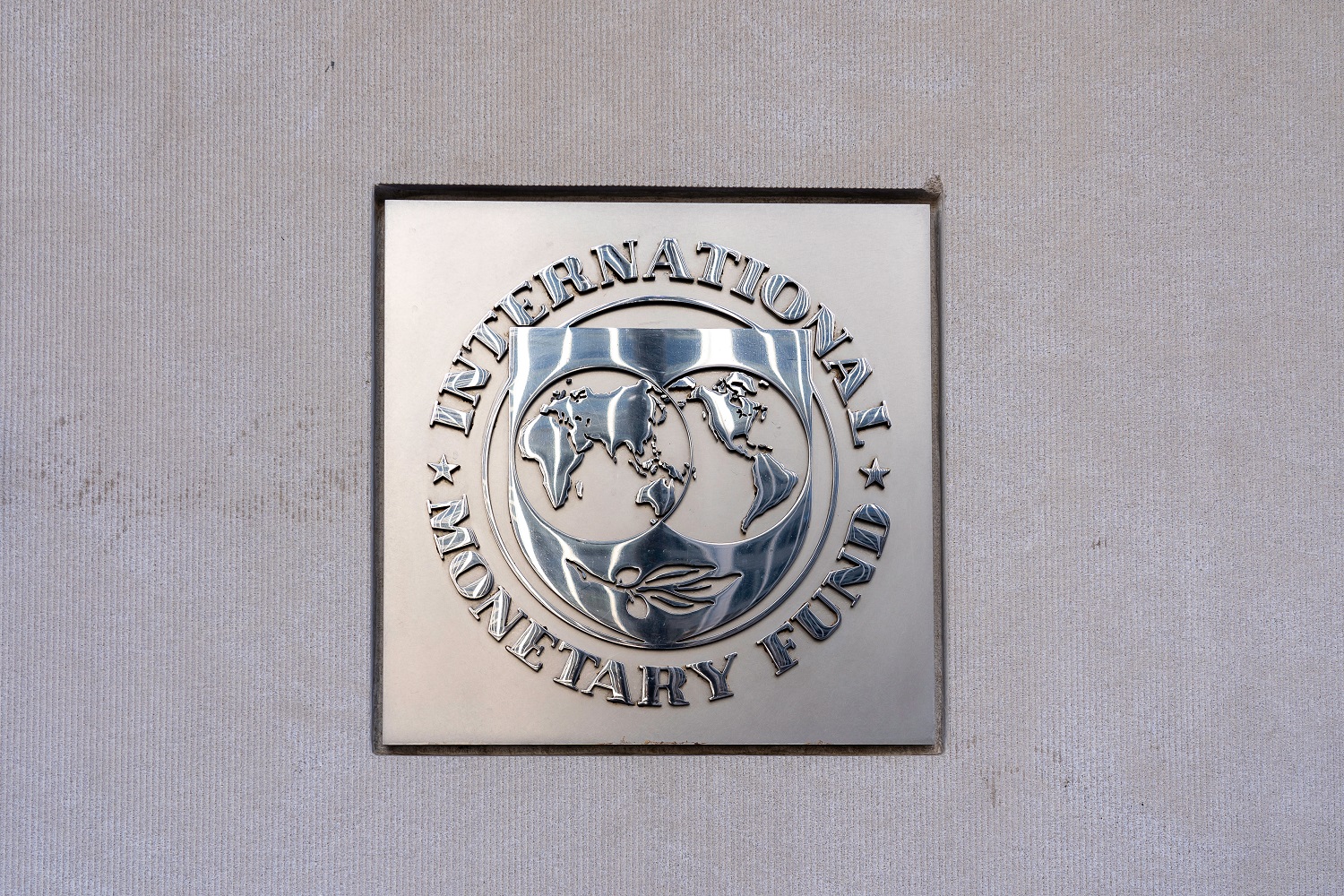This blog is one in a series by experts across the Center for Global Development ahead of the IMF/World Bank Spring Meetings. Each post in the series will put forward a tangible policy “win” for the World Bank or the broader MDB system that the author would like to see emerge from the Spring Meetings. Read the other posts in the series, and stay tuned for more.
The International Development Association (IDA) has emerged as the largest financing arm of the World Bank Group in the last few years, and demand for IDA finance is poised to remain high as poor countries face a daunting global outlook. But these headwinds also make IDA’s financial future less certain. As the world debates multilateral development bank (MDB) reform and the proposed World Bank “Evolution Roadmap,” IDA has not featured as prominently as the future of the International Bank for Reconstruction and Development (IBRD)—even as many developing countries express concern that the Bank’s evolution not come at the cost of the Bank’s development mission. The Spring Meetings are an opportunity for a reset.
IDA has exceeded IBRD’s financing volumes since 2020, when it increased its commitments by close to $20 billion in response to the global COVID pandemic, and they have remained high, with IDA committing $42 billion in 2022, outstripping both IBRD ($33 billion) and the International Finance Corporation ($17 billion). To sustain these levels, donors moved to replenish IDA’s funds a year ahead of schedule. Since then, IDA’s annual financing commitments have continued to grow as the low-income countries its serves have been barreled by a series of exogenous shocks—from global supply chain crises to interest rate normalization by advanced economies—that occurred against the backdrop of deteriorating debt dynamics. Today IDA remains a first port of call for countries hit by crises and an essential component of many poor countries’ external financing mix.
But these factors have combined to put pressure on IDA’s medium-term outlook and its ability to sustain these high financing levels. If IDA maintains a 2023 financing envelope on par with 2022 levels, the fund will have committed almost two thirds of its available financing in the first half of its replenishment cycle, with a year left to go before it receives a fresh batch of funds. To address this likely shortfall IDA has launched a fundraising exercise around its Crisis Response Window (CRW)—an IDA set-aside that disburses budget support for countries needing emergency financing linked to an exogenous shock—but many key donors appear tapped out.
A fundamental question for IDA is whether there are balance sheet efficiency type measures (à la the G20 review of MDB capital adequacy frameworks) that could be relevant to IDA. In the past, I argued that IDA should take a more ambitious approach to its own large equity base and borrow more from the market to increase its financing to poor countries. Whether this argument remains relevant in a high-interest environment is less clear.
Over the past several cycles, IDA has become less dependent on donors. It has managed to nearly double in size while donor contributions have essentially flatlined for almost a decade. This is because IDA has a hefty amount of reflows from loans that it can recycle for new projects, and because the institution has started going to capital markets to borrow against its loan portfolio. Last cycle, IDA raised around $23.5 billion in financing from donors for a total replenishment envelope of $93 billion.
But the burning question: can this continue? To date, most of the investigation into MDB financial efficiency, including the capital adequacy framework (CAF) report, has centered on the hard loan windows. A similar independent study focused on IDA is critically important. Part of the complexity that donors need to grapple with is how interest rates will affect IDA’s ability to borrow from the market. In a benign interest rate environment, IDA was able to issue at historically low cost and pass along those low costs to its borrowers. At the peak of COVID, when interest rates were at historic lows, our back-of-the-envelope calculations showed it cost less than 20 cents on the dollar to buy down an IDA market bond to concessional terms. Contrast that to today, where that number is closer to 40 cents, by our estimates. That clearly changes a lot of the equation around market borrowing, including whether it is affordable and compatible with IDA’s current financing needs. To add to the headwinds, deteriorating debt dynamics will have a depressant effect on reflows over the medium to long term. In addition, the specter of reverse graduations—where countries like Sri Lanka that had graduated out of IDA financing may once again qualify as they suffer economic distress—will increase the claims on IDA resources.
During the Spring Meetings, much of the focus will be on IBRD, which has occupied center stage in the roadmap conversation. But discussion around new sources of grants for middle-income countries have many low-income countries rightly nervous. I hope that during the Spring Meetings key IDA donors reaffirm in no uncertain terms their strong political commitment to IDA—whether that comes out in the DC statement, G20 communique, or elsewhere. IDA countries should be reassured that they too are part of the Bank’s evolution process and can plan on steady IDA infusions over the medium term. An early statement of political support could help ease tensions, setting up the evolution process as a win for all, rather than a series of difficult tradeoffs.
CGD blog posts reflect the views of the authors, drawing on prior research and experience in their areas of expertise.
CGD is a nonpartisan, independent organization and does not take institutional positions.







